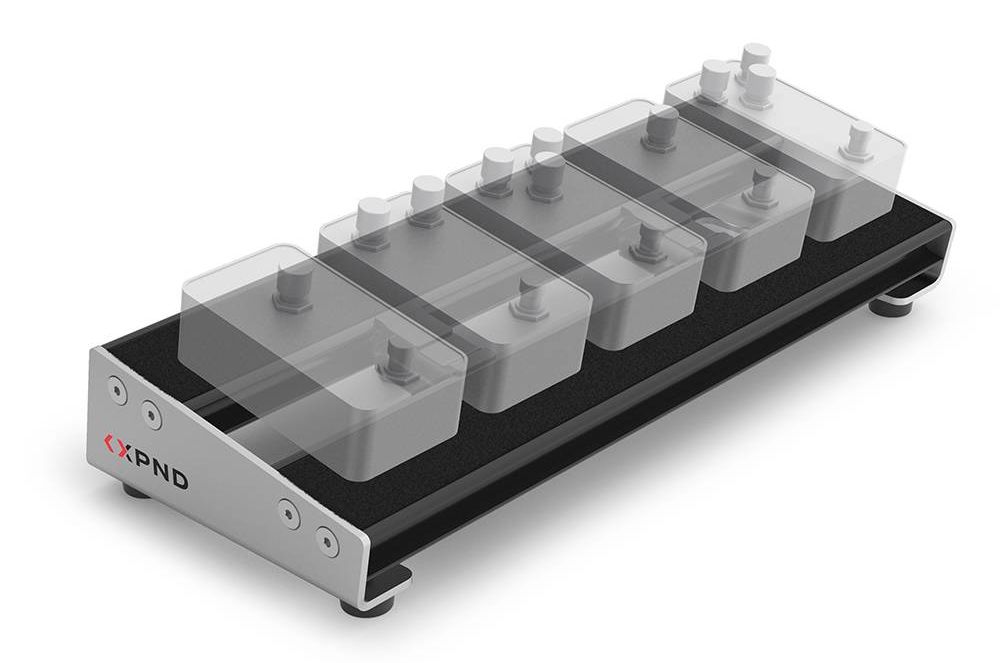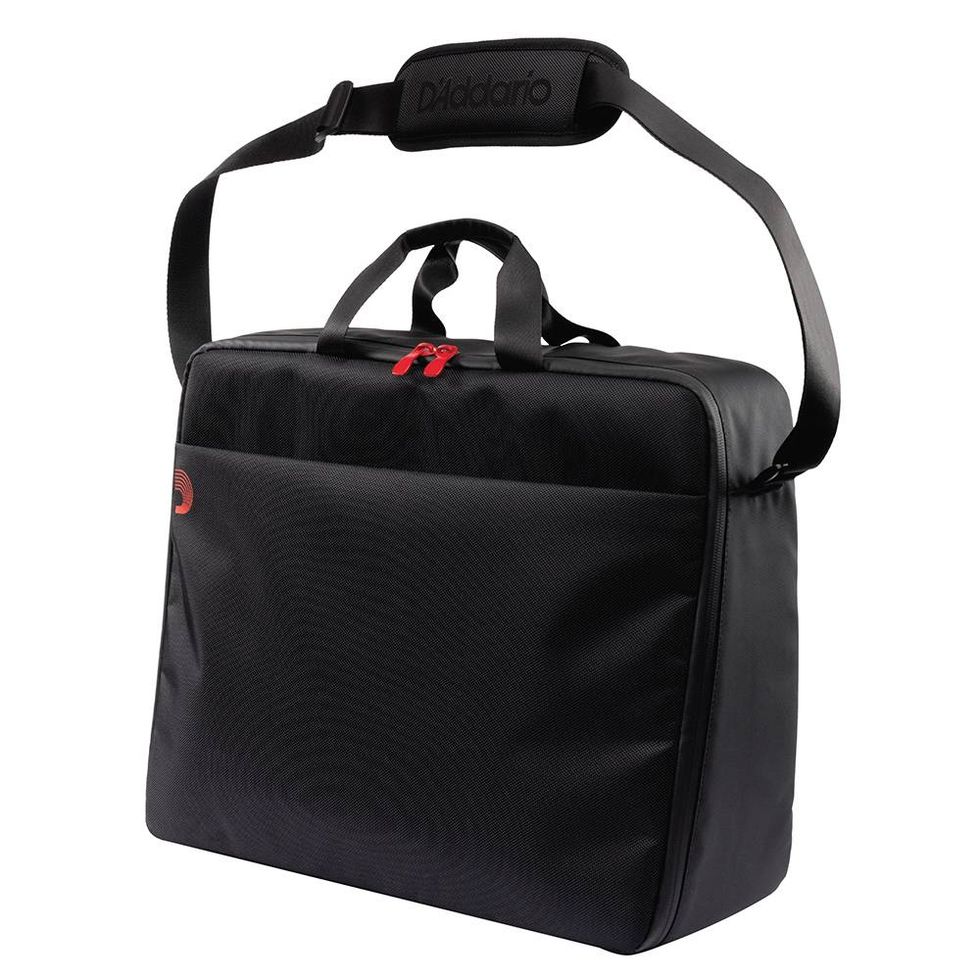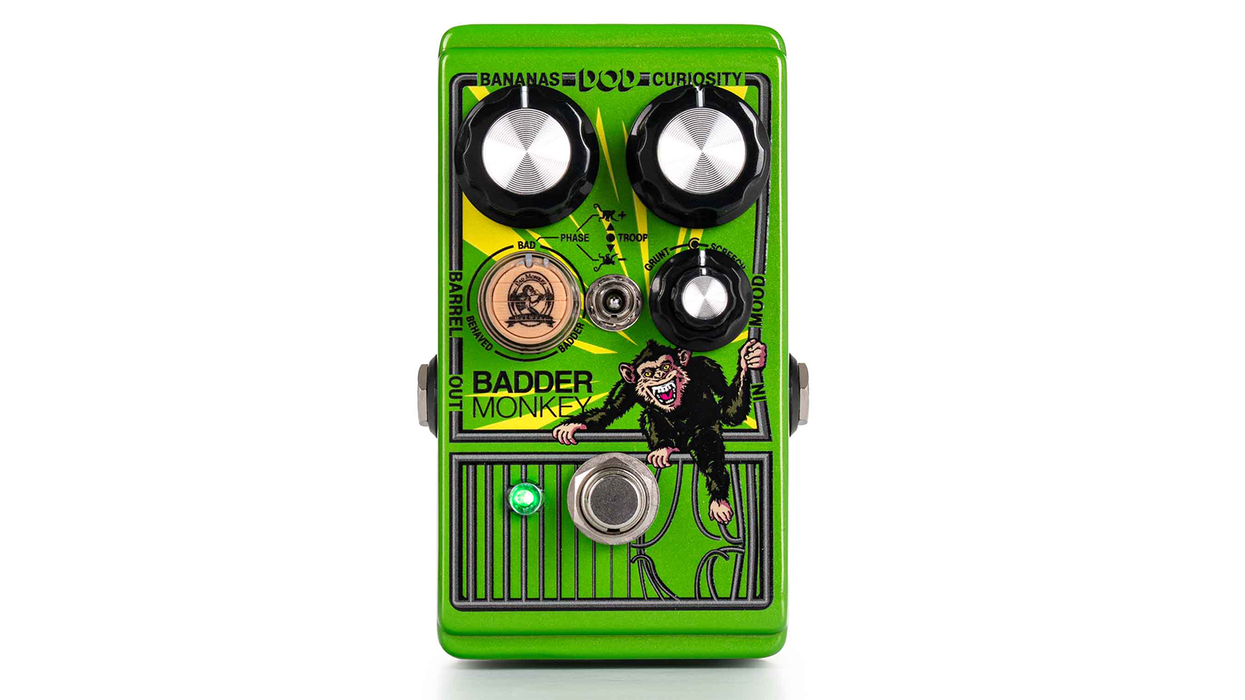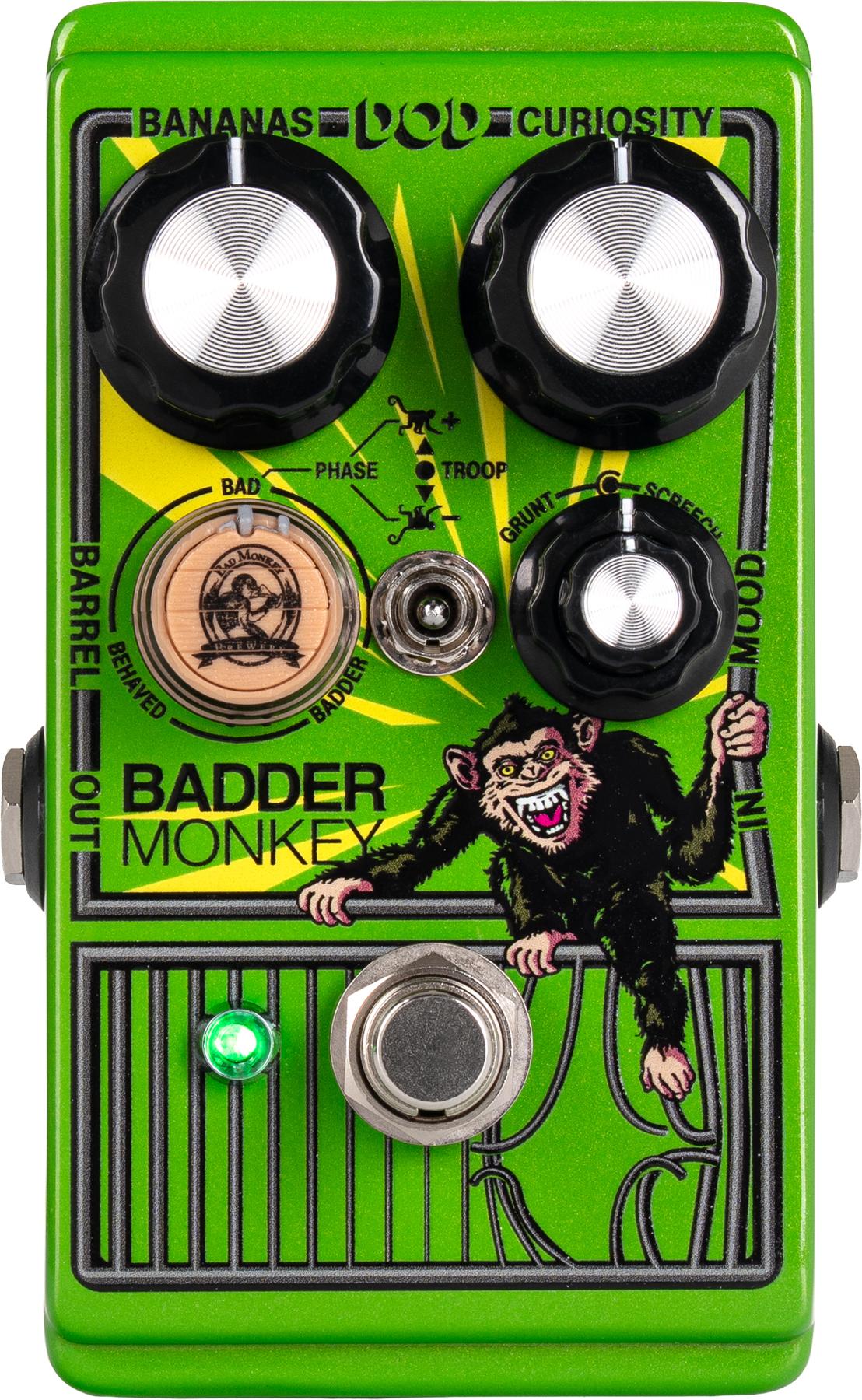For the last ten years I have been working with touring engineers and watching how they work to get their bands sounding so great. This month, I thought I would share with you some tips about what they do and why they do it.
The Tools to Use
Every touring engineer usually wants a stereo 31-band equalizer at the front of house rack on the sound system mains, and another 31-band equalizer on each monitor mix and any additional mixes such as delay towers and front fill speakers. They always want high quality units such as Ashly, BSS, Klark Teknik or dbx. Equalizer design has come a long way in the last few years, but, for analog units, these brands have been great performers and have the fewest problems.
Use Good Cables and Plug ‘Em in Right
Most engineers prefer to have the EQs plugged into the output channel input jacks, since this usually gives the best signal-to-noise ratio and takes advantage of unity gain design in the mixing board. This works your EQ in the optimum range. You can plug out of the outputs of the board, but if you drive your board hard, you can start to clip the inputs of the EQ unless you have set up a good gain structure or you manage your gain settings between mixer and EQ. Don’t cut corners on cords here, or in any part of the main signal chain (from mixer to amp), because it will be heard by everyone.
Start With a Flat Graph
Make sure when you begin EQing a room that you start with a 31-band EQ that is set at zero on the frequency faders all the way across the spectrum from 20 to 20K, and at unity (zero) on the output gain. Then, put on a familiar CD that will sound similar to what your band will be playing. Make sure to balance the system crossover so you have the balance of lows, mids and highs that you want, and then you can start tuning with the EQ.
Tuning and Techniques
When you start learning to tune your PA to the room, it will take some time. Don’t expect it to go fast; even a seasoned professional will take at least 10 minutes, and up to 30 minutes in a tough room.
Start by listening closely as you boost each band by +3 db, then drop it -6 db. Determine which way you prefer it: boosted, cut or unchanged. As a general rule, you want to have each band left at zero or cut by 3-6 db; in cases where there are feedback problems, you can cut as much as 12-15 db. You don’t want to cut too much yet, as you are going for tonality at first.
Listen to your favorite song tracks again, then plug in a good quality mic at the console and talk on it loudly and clearly. Make sure there are no ringing tones signaling a possible feedback problem – don’t be afraid to scrap everything and start again with different settings.
Once you get a good tone that gives you the sound you want with your CD tracks and voice, set up the band and all mics. Have the band play, and try to bring the volume up to performance levels. Without the band playing, but with all of the mikes at performance settings, try boosting each frequency band by +6 db, one at a time and see if it starts any feedback. If it does, you will need to cut that frequency by at least an additional 3 db or more.
Slowly raise your main PA volume up by at least an additional 25% or more and find out where feedback frequencies happen. Try to cut some more on those channels to help eliminate those feedback points. It helps to have a frequency analyzer to spot the tones that will give feedback if you are not familiar with what they sound like. While a good used one isn’t overly expensive, it is best if you can train your ears to learn the tones and how they change the way your sound comes through.
If you have a feedback exterminator, now is the time to use it to increase the gain out of your PA and to clean up your sound. You may even want to consider putting back some of the tones you previously cut; it is best to only have several severely cut frequencies on your EQ, as having many more creates comb filtering and tonal problems in your PA.
Now that you are armed with the knowledge of what the big boys do, go out and have a good time – I’ll be listening for you!
Andy Anderson
Concert Sound
515-291-0464
www.concertsound.org
andent@lvcta.com


















![Rig Rundown: Russian Circles’ Mike Sullivan [2025]](https://www.premierguitar.com/media-library/youtube.jpg?id=62303631&width=1245&height=700&quality=70&coordinates=0%2C0%2C0%2C0)








